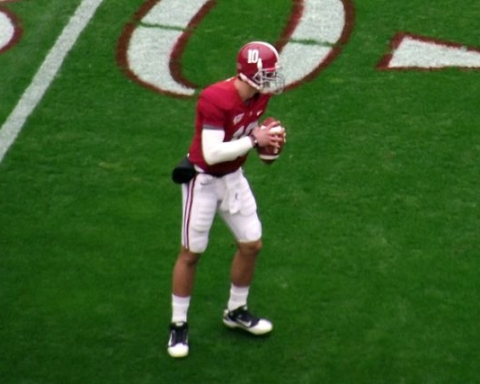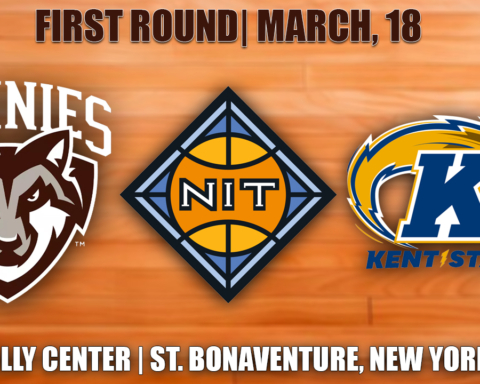By Amelia Kibbe
Managing Editor
Because Harrison described the delivery process, I thought I would explain one of the most important steps that get us to distribution: editing. Editing also happens to be my favorite phase, so although I could rant on for hundreds of words about the glories of semicolons and parallelism and the fun of fixing comma splices, I’ll keep it short and to the point.
The editing process begins with the assistant editors. Tuesday or Wednesday, writers turn their stories in to their sections. The assistant editors edit the stories. The BV staff has a unique way of editing: We underline anything that should be taken out, bold anything that should be put in and write any general comments in normal font. The story is then passed to the assignment editor, then the section editor, then the managing editor and finally the editor-in-chief. After everyone has had a chance to read the stories, the editor-in-chief passes the stories back to the head section editors, where they assign a member of their staff to work with the writer on making the changes. To me, this is one of the most important steps. If a writer does not get to see the mistakes he or she makes in the story, he or she will not learn to correct them. When I was a first-semester staff writer, this is the stage where I learned the most.
After the writers edit their work, a “desker” reads the stories one more time. Then the layout process begins. (I will let another editor explain this because it is anything but my forte.) When layout is finished, the pages are printed for the managing editor to edit. I use a bright red pen and mark any errors that slipped though, misspelled headlines or awkward line breaks. The staff then makes my changes and prints the page for Harrison, the editor-in-chief, and he also edits them. After his corrections are made, the pages are printed one more time for a final “desking.”
But we are not done there. The managing editor and the editor-in-chief each look at the stories one more time (on the computer) before the pages are exported to our publisher. Each weeks, the BV runs around 30 stories. Harrison and I read them each three times, so this means in a less-than-24-hour span, we read more than 90 stories. So if you see us on looking tired on a Thursday, that’s why. But for the staff, knowing that each edition is hours and hours of our hard work is enough to make us proud.
kibbeae14@bonaventure.edu







